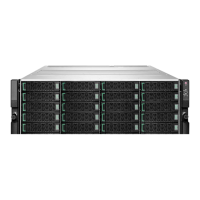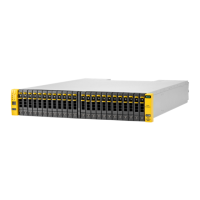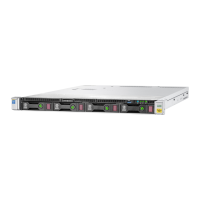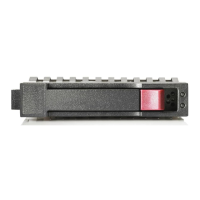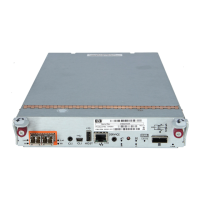Note: Use your own values for each item.
• Comma-separated list of DNS server(s): 10.64.0.13,10
• NTP server name: time.ntpserver.com
• Time zone: America/Los_Angeles
• Subnet label for NIC eth0a: management
• Subnet for NIC eth0a (use slash notation, for example, 10.11.0.0/16): 10.12.0.0/16
• Comma-separated list of subnet types for the subnet on NIC eth0a [management,data]: management
• MTU for the subnet on NIC eth0a [standard | jumbo | <integer>]: standard
• Subnet label for NIC eth0b: management
• Subnet label for NIC tg1a: Data1
• Subnet for NIC tg1a (use slash notation, for example, 10.11.0.0/16): 172.0.1.0/22
• Comma-separated list of subnet types for the subnet on NIC tg1a [management,data]: data
• MTU for the subnet on NIC tg1a [standard|jumbo|<integer>]: standard
• Subnet label for NIC tg1b: Data2
• Subnet for NIC tg1b (use slash notation, for example, 10.11.0.0/16): 172.0.2.0/23
• Comma-separated list of subnet types for the subnet on NIC tg1b [management,data]: data
• MTU for the subnet on NIC tg1b [standard|jumbo|<integer>]: standard
• Subnet label for NIC tg1c: Data1
• Subnet label for NIC tg1d: Data2
• Data IP address for NIC tg1a: 172.0.1.83
• Data IP address for NIC tg1b: 172.0.2.83
• Data IP address for NIC tg1c: 172.0.1.84
• Data IP address for NIC tg1d: 172.0.2.84
• Discovery IP address for subnet Data1(172.0.1.0/255.255.255.0): 172.0.1.82
• Discovery IP address for subnet Data2(172.0.2.0/255.255.255.0): 172.0.2.82
• Support IP address for controller A: 10.207.9.83
• Support IP address for controller B: 10.207.9.84
• Secondary management IP address: 10.12.128.81
7. After the setup is complete, disconnect the Serial-USB-VGA adapter (dongle) and serial cable.
After Installation and Initial Setup
Software Updates, Host Connection, Groups, Volumes (iSCSI and FC)
Continue your configuration by following instructions in the GUI Administration Guide or CLI Administration Guide to create
performance policies, set up connections, and complete setup in the Storage Setup Manager. HPE storage arrays support both
iSCSI and Fibre Channel protocols, and provides information for your specific host connection method to create initiator groups
and volumes. Additional configuration options include creating and managing storage pools, volume collections, snapshots,
replication strategies, security policies, and performance monitoring.
Learn about these post-installation configuration tasks in the GUI Administration Guide or the CLI Administration Guide.
Windows Environments
The Windows Toolkit, mentioned briefly in this guide, includes features that go beyond setting up the array. The VSS requester
and the VSS hardware provider enable you to take application-consistent snapshots on an array. The Storage Connection
Manager sets up the optimum number of data connections, and finds the best data connection to use under MPIO. The Windows
Toolkit includes a DSM kernel driver that claims and aggregates data paths for the storage array.
See the Windows Integration Guide for more information.
Install the HPE Storage Array 45
Documentation Feedback: doc-feedback-hpe-storage@hpe.com
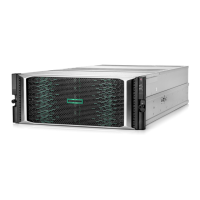
